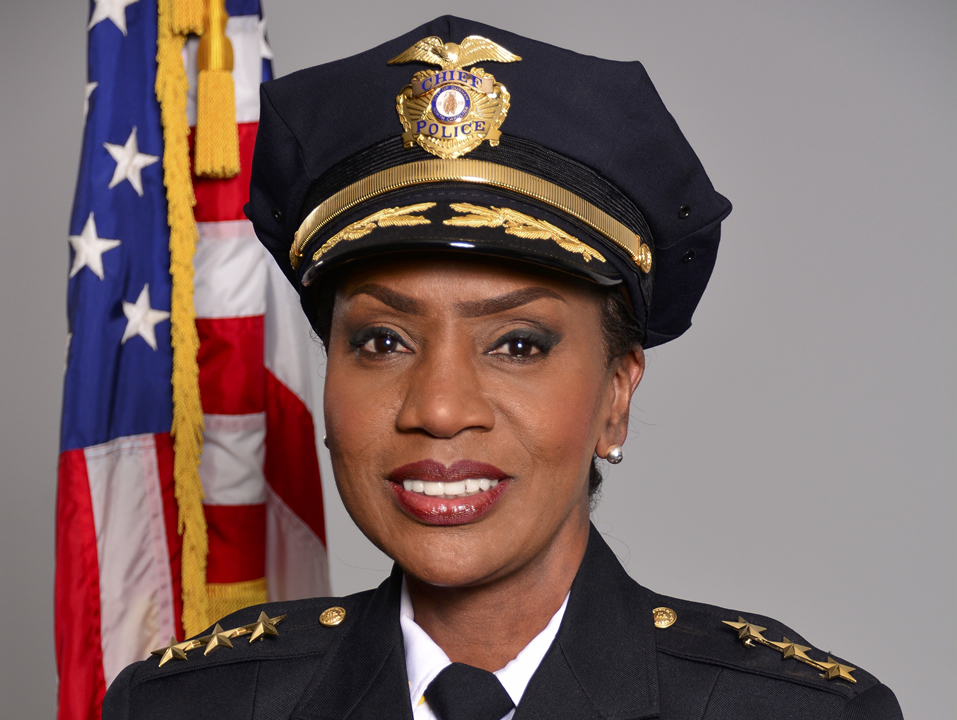The Reality of Climate Change
Is the climate changing? Are humans partially responsible? Should we expect more serious climate related impacts in the years to come? Can anything be done?
The answer to each of these questions is yes, as described by Dr. Franco Einaudi, the former Director of Earth Sciences NASA Goddard Space Flight Center, in a seminar organized by the Karsh International Scholars and co-sponsored by the Reginaldo Howard Program, the University Scholars Program, and the Office of Undergraduate Scholars & Fellows on October 22, 2012. Dr. Einaudi now works to encourage students to pursue STEM (science, technology, engineering, and math) careers, especially because of the critical challenges facing our world today.
Dr. Einaudi walked the large and diverse audience, ranging from undergraduate engineering students to nurse anesthesiologists, through each of the key questions on climate change. He started by presenting the incontrovertible evidence of a changing climate over Earth’s history, and then identified the extreme change in very recent history. While acknowledging that climate change and variation occurs “naturally,” without the inputs of humans, since the start of the industrial revolution, humans’ energy-hungry growth utilizing the combustion of fossil fuels has greatly increased atmospheric carbon levels, reinforcing the “greenhouse effect,” where the Earth traps and absorbs more solar energy than it releases back into space.
Graph: Global average temperature over prior 1500 years
Source: NASA
The result of the human contribution to “greenhouse gases” has been a rapid warming of the planet beyond the historical variation of climate that occurred naturally. This warming is tied to huge environmental changes, from more extreme and more frequent weather events, notably hurricanes. The year 2011 was recording breaking in the United States, with 14 events costing more than one billion dollars in damage.
Dr. Einaudi talked about the numerous cutting edge science necessary to both understand climate change and to predict future events. In particular, he discussed a pair of gravity-measuring satellites monitor from orbit the swiftly reducing thickness of the polar ice caps, as well as the huge improvement over just 10 years in hurricane track predictions. Thus, while hurricane damages are far more costly than ever, they are much less deadly, even tragic Hurricane Katrina. Dr. Einaudi encouraged scientists to get their hands dirty and be experimentalists, because even though it is challenging, field work produces the critical data used by modelers and theorists.
Climate change is real and the risks are huge, Dr. Einaudi repeatedly underscored. The risk of physical tipping points, including the Hollywood-popularized failure of the major thermohaline circulation patterns are a real risk, and we must act. However, the system is complex and difficult to fully understand, even by the scientific community. Furthermore, the scale of action and the timeframe of effects are far outside our normal decision-making as individuals and in politics. Many of the questions and audience discussion focused on what we can do to understand and act. Dr. Einaudi endorsed including individual actions of energy-use conservation (using mass transit, reducing electricity use), as well as research on large scale geo-engineering, including the recent controversy of dumping iron shavings into the Pacific Ocean. The necessary changes to human activities to slow climate change could cost more than 5% of global economic activity, Dr. Einaudi claimed. However, as one audience member suggested, the care of our planet may be the most consequential ethical decision we face.
-CJP



